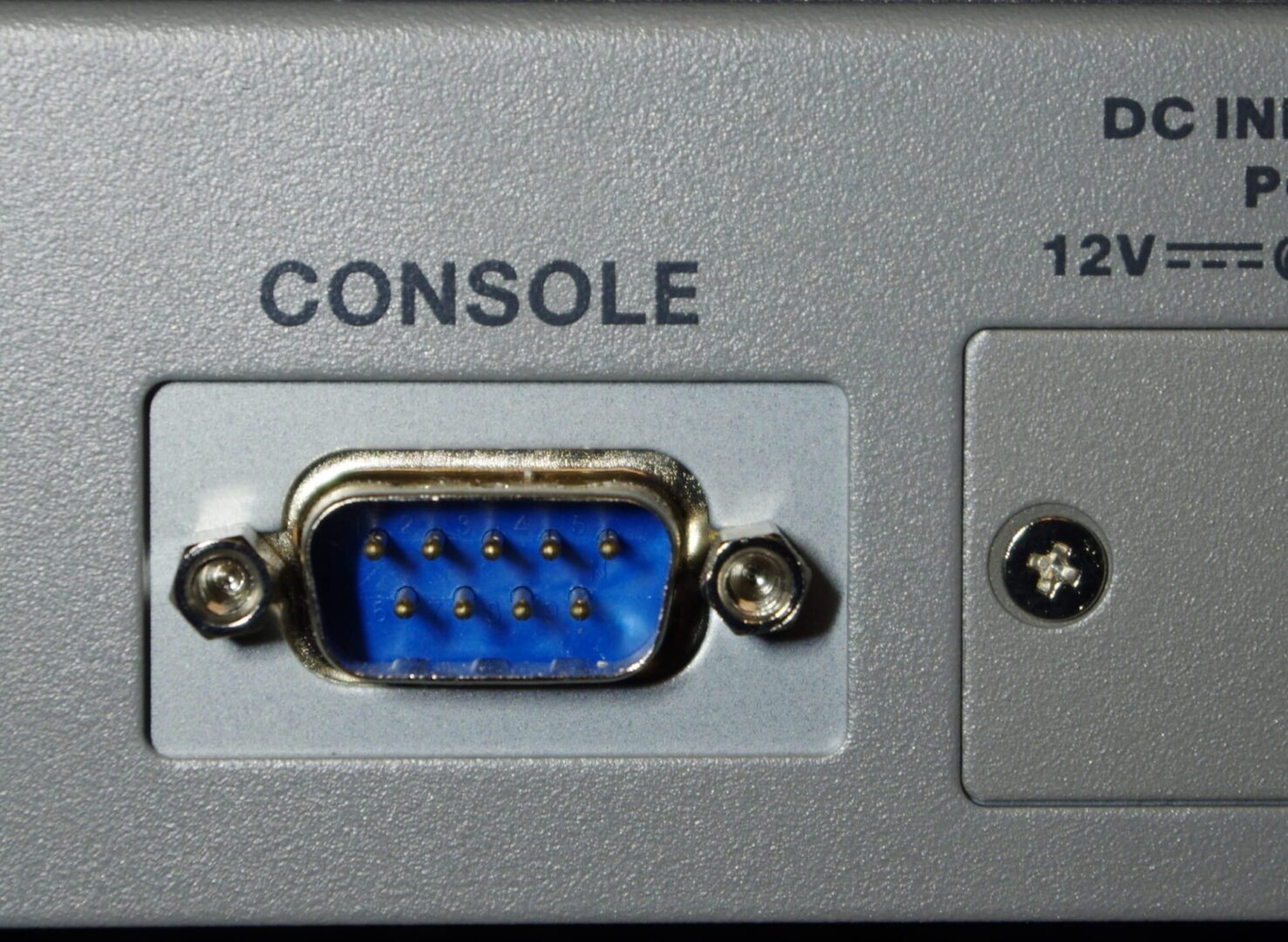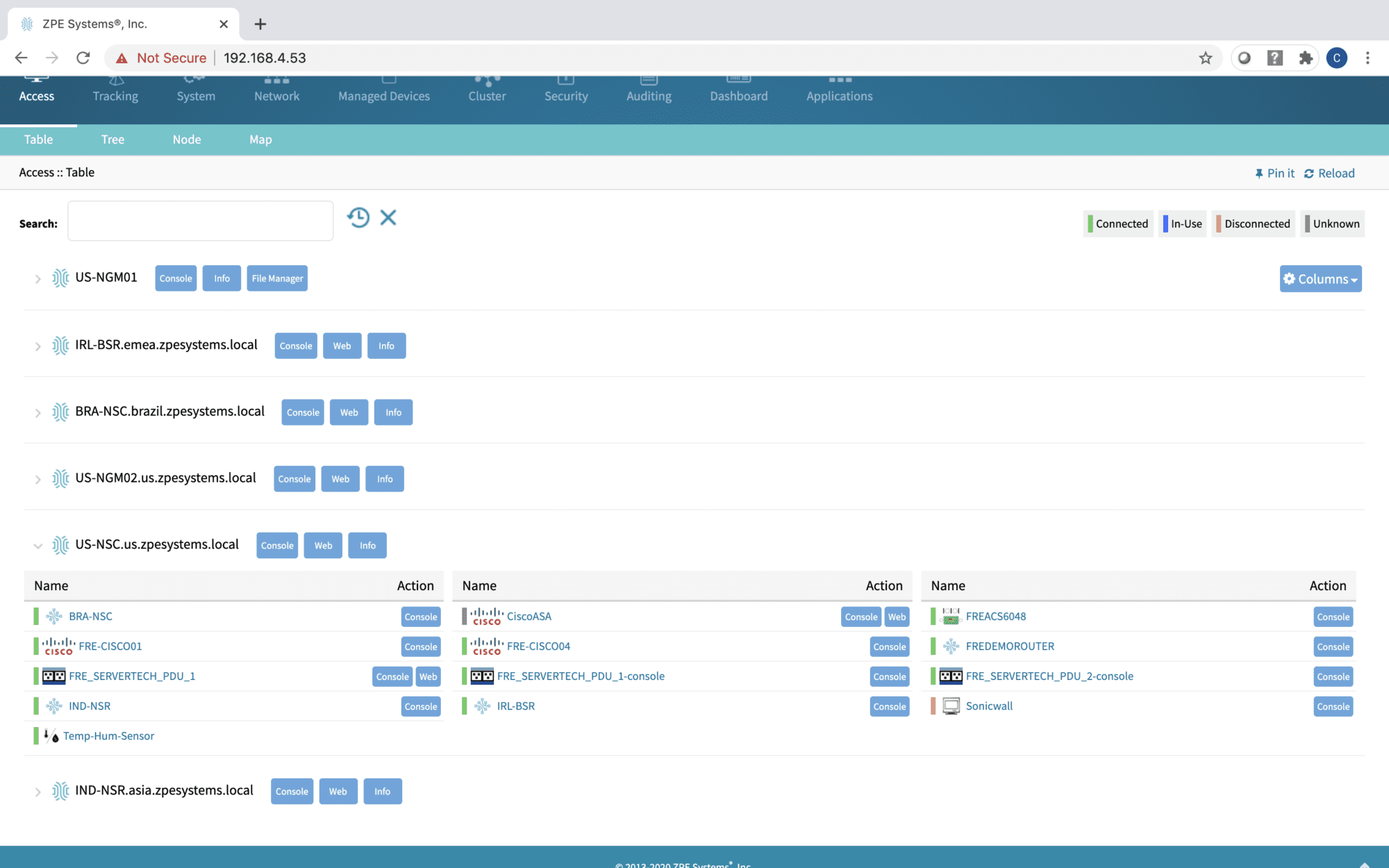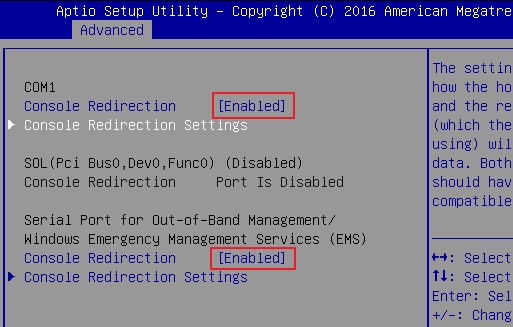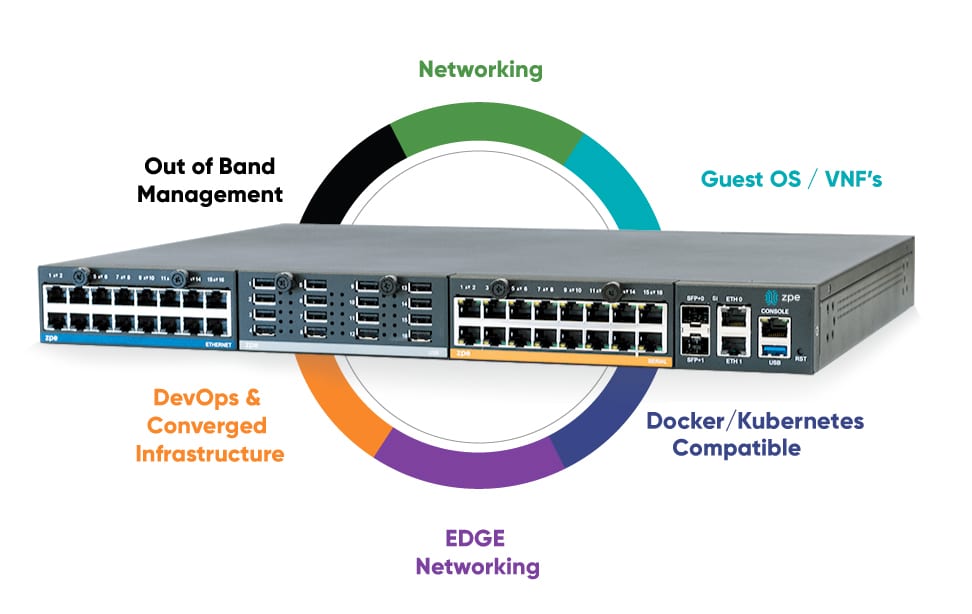Serial Console Redirection Guide

Serial console redirection involves sending a server’s keyboard and video signals through the serial port as well as the normal endpoints (USB and video), allowing them to be used in headless mode. It gives administrators remote access to pre-boot functions, such as the BIOS menu, that are typically unavailable to them with software-based remote access solutions. This is important because it allows remote teams to install new operating systems, troubleshoot hung servers, and perform other critical hardware management tasks without costly on-site visits. It also means administrators can control remote servers with out-of-band (OOB) serial consoles, devices that streamline remote infrastructure management and improve network resilience.
Why enable serial console redirection?
The primary reason to redirect keyboard control over the serial port is to gain remote access to pre-boot menus and functions. Typically, systems administrators remotely manage servers using a software-based remote access client that only works while the OS is running. While this is sufficient for most remote administration workflows, it means that admins can’t do anything with the server until it has booted to the operating system, which poses several problems:
- Administrators cannot remotely install the OS on a new or recovered server without someone on-site to physically enter commands and select options with a keyboard and mouse. This is especially problematic when the OS needs to be reinstalled after a crash or ransomware breach, because it forces companies to send teams on-site or pay for expensive managed services, driving up the cost and duration of outages.
- Remote teams are powerless to intervene if the server hangs during a reboot or update. Again, they have to either travel on-site or pay for managed services just to press a few keys or access troubleshooting tools.
- Remotely installing new UEFI/BIOS versions or making any configuration changes can be tricky. Many server vendors provide software utilities that allow admins to push out BIOS updates over the network, but it can be very difficult to troubleshoot any problems that arise. In multi-vendor environments, teams may also find it tedious to coordinate updates across multiple tools with different interfaces and commands.
There are also IPMI-based (intelligent platform management interface) remote management tools that provide full remote control but add another component to the tech stack that must be maintained and secured, creating additional complexity.
Serial console redirection and out-of-band management
Another major advantage of serial console redirection is that it enables out-of-band (OOB) management. OOB creates an entirely separate network that runs parallel with your production (or in-band) network but doesn’t rely on the same network infrastructure or services. OOB management allows administrators to remotely manage servers and other infrastructure on a dedicated connection, such as secondary fiber or cellular LTE, that will remain available even if the in-band network goes down from an equipment failure, ISP outage, or ransomware attack.
OOB serial consoles
The Nodegrid Serial Console Plus provides unified serial console management for many servers and infrastructure devices.
Serial console redirection also allows teams to manage servers with serial consoles, also known as console servers, console server switches, or terminal servers. One of these devices can be used to manage several pieces of data center equipment, so sysadmins don’t need to connect to each server individually.
The management interface for the Nodegrid Serial Console Plus allows admins to manage many servers and infrastructure devices from one convenient location.
The management interface for the Nodegrid Serial Console Plus allows admins to manage many servers and infrastructure devices from one convenient location.
Serial consoles also create an OOB network without the need to deploy a bunch of redundant devices and services. Solutions like the Nodegrid Serial Console from ZPE Systems provide additional functionality like power control, giving remote teams the ability to power-cycle a hung device or turn systems back on after a power failure. OOB serial consoles help improve management efficiency and overall resilience without driving up costs or complexity.
How to configure serial console redirection
Serial console redirection is typically configured in the server’s UEFI (Unified Extensible Firmware Interface) or BIOS (Basic Input/Output System) settings. As such, it’s important to consult the vendor-provided documentation for instructions on how to enable it for your server hardware.
Serial console redirection enabled in BIOS. Source: ASRock Rack
Additionally, some Windows and Linux-based operating systems need to be configured for serial console management. It’s best to look up the OS-specific instructions on the vendor’s website, but here are a few links to get you started:
- Redirecting the VMware vSphere ESXi host direct console to serial
- Setting up a serial console in Red Hat Enterprise Linux
- Configuring the serial console in Proxmox virtual environments
- Enabling the serial console in Microsoft Azure virtual machines
Why choose the Nodegrid Serial Console solution
Configuring serial console redirection is relatively straightforward, and it allows sysadmins to remotely control and troubleshoot servers even when the OS isn’t available. It also enables the use of OOB serial consoles like the Nodegrid solution from ZPE Systems, which streamlines remote management workflows and reduces the business impact of system failures.
Nodegrid consolidates a sysadmin’s entire management tech stack into a single appliance for greater operational efficiency.
Nodegrid consolidates a sysadmin’s entire management tech stack into a single appliance for greater operational efficiency.
Nodegrid is a Gen 3 out-of-band management platform that provides vendor-neutral control over mixed-vendor infrastructure. It can integrate or directly host third-party applications for automation, security, and much more, consolidating an entire tech stack into a single, cost-efficient solution.
Serial console redirection with Nodegrid improves operational efficiency and network resilience. Schedule a demo to see a Nodegrid Serial Console in action!




